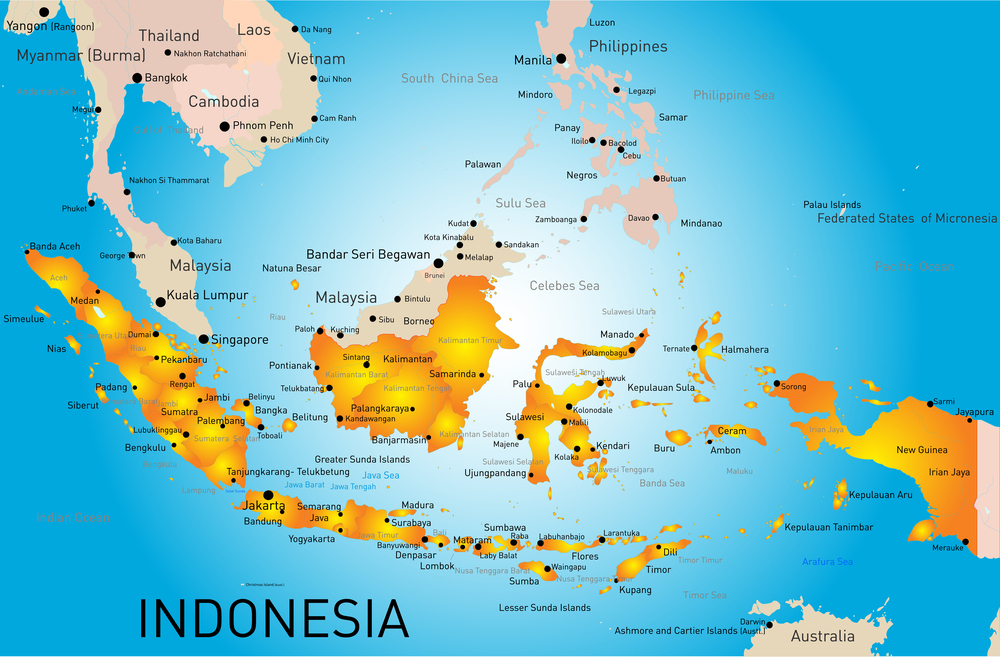A domain name is the cornerstone of an online business acting as your own unique identity and your online brand. This is particularly effective for marketing and exposure purposes, allowing you to promote your business to a wide range of potential and existing customers.
If you want to sell online, it’s important to present a local image in order to appeal to Australian customers on a more personal level. Getting an .au domain name lets your customers know that you are a legitimate Australian business.
An Australian domain name can also help your potential Australian customers find you. Search engines like Google Australia and Yahoo Australia ask if you want to search Australian pages only, so if you have an .au domain, you are more likely to have a higher search engine ranking.
Greater exposure globally can be achieved by securing a .com.au, .net and .au domain name. Your domain name can be advertised in any of your marketing strategies, including your brochures, business cards, billboards, and clothing. This makes promoting your business easy, as people will know how they can find you and will remember your name.
Having a strong Australian domain name gives you credibility as an established business and will help you build trust with your customers. It also helps protect your brand, keeping it safe from your competitors as once you have registered your domain name it is unique to you and unavailable to anyone else.
There are several second level domains within the Australian .au domain and each second level domain has a purpose:
gov.au – for Australian, state, territory and local government bodies
com.au & net.au – for commercial entities
org.au – for charities and non-profit organisations
edu.au – for educational institutions registered at Australian or state/territory government level and asn.au – for incorporated associations
Different types of domain name
TLD – Top Level Domains
These are at the highest level in the Domain Name System of the Internet. There are several different types of TLD’s, including:
ccTLD – country code Top Level Domains
Two letter domains are established for geographical locations; for example; .au signifies Australia. When originally designated, usually only residents of a country could register their corresponding ccTLD; but over the years quite a few countries have allowed parties outside their shores to register names.
In the case of .au domain names, registrants must still be Australians or have registered business interests in Australia. The strict registration criterion for .au names means that the .au domain is still strongly associated with Australia and has fostered a great deal of trust and confidence in local online shoppers.
gTLD – generic Top Level Domain
- Generic TLD’s include .com, .net, .biz, .org and .info – these can be registered by anyone.
- IDN ccTLD – internationalised country code top-level domain
- A top-level domain with a specially encoded format allows it to be displayed in a non-Latin character set.
Below the TLD’s are various other levels:
Second level
This is directly below a TLD in the DNS hierarchy. An example format is; .com.au
Third level
This is directly below a second level domain in the DNS hierarchy. An example format is; .domainregistration.com.au
The difference between second and third level can be a little confusing. For example, hotmail.com is considered a second level domain, but hotmail.com.au would be classed as a third level domain name.
Subdomain
Part of a higher ranked domain name in DNS hierarchy; e.g. example.domainregistration.com.au.




